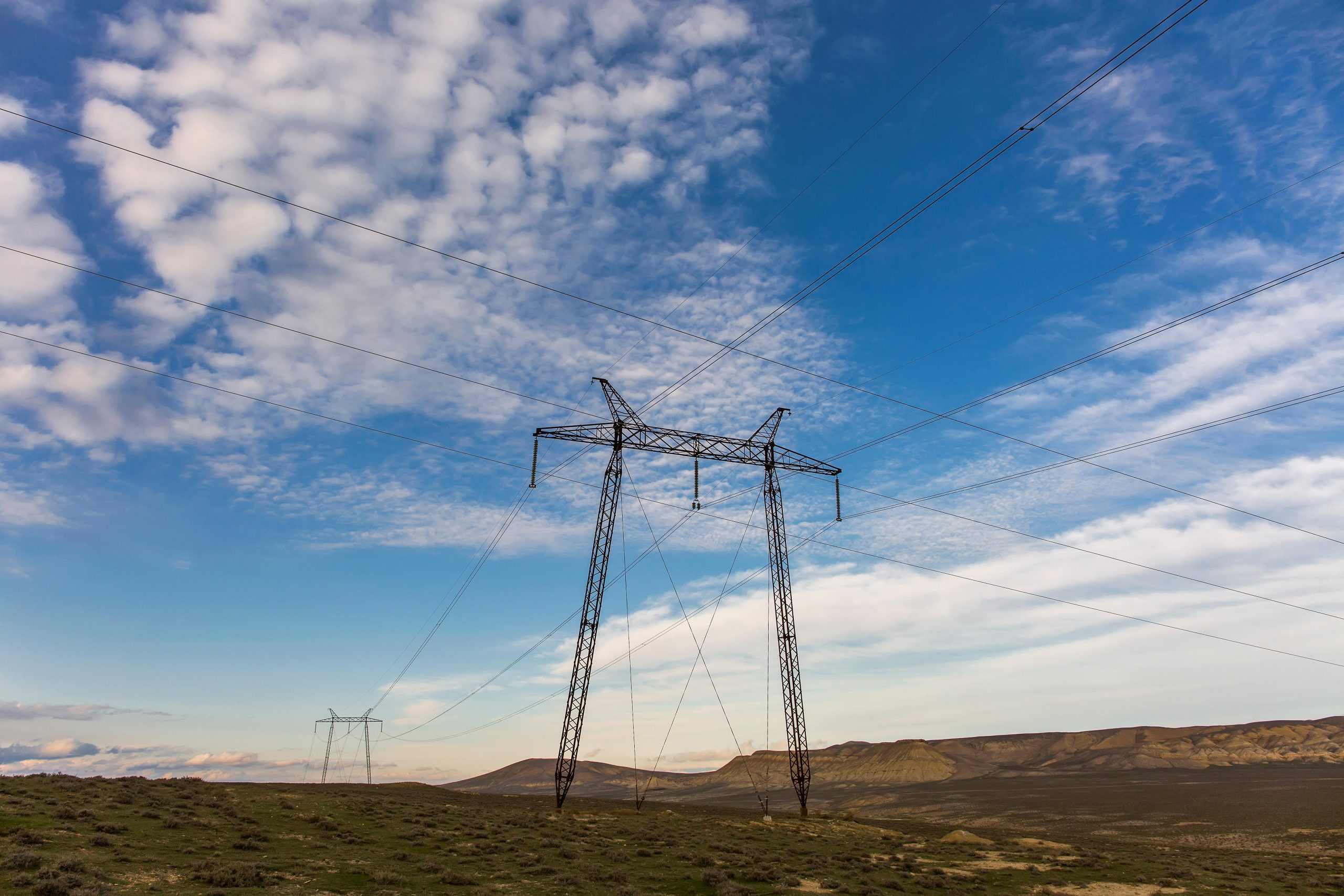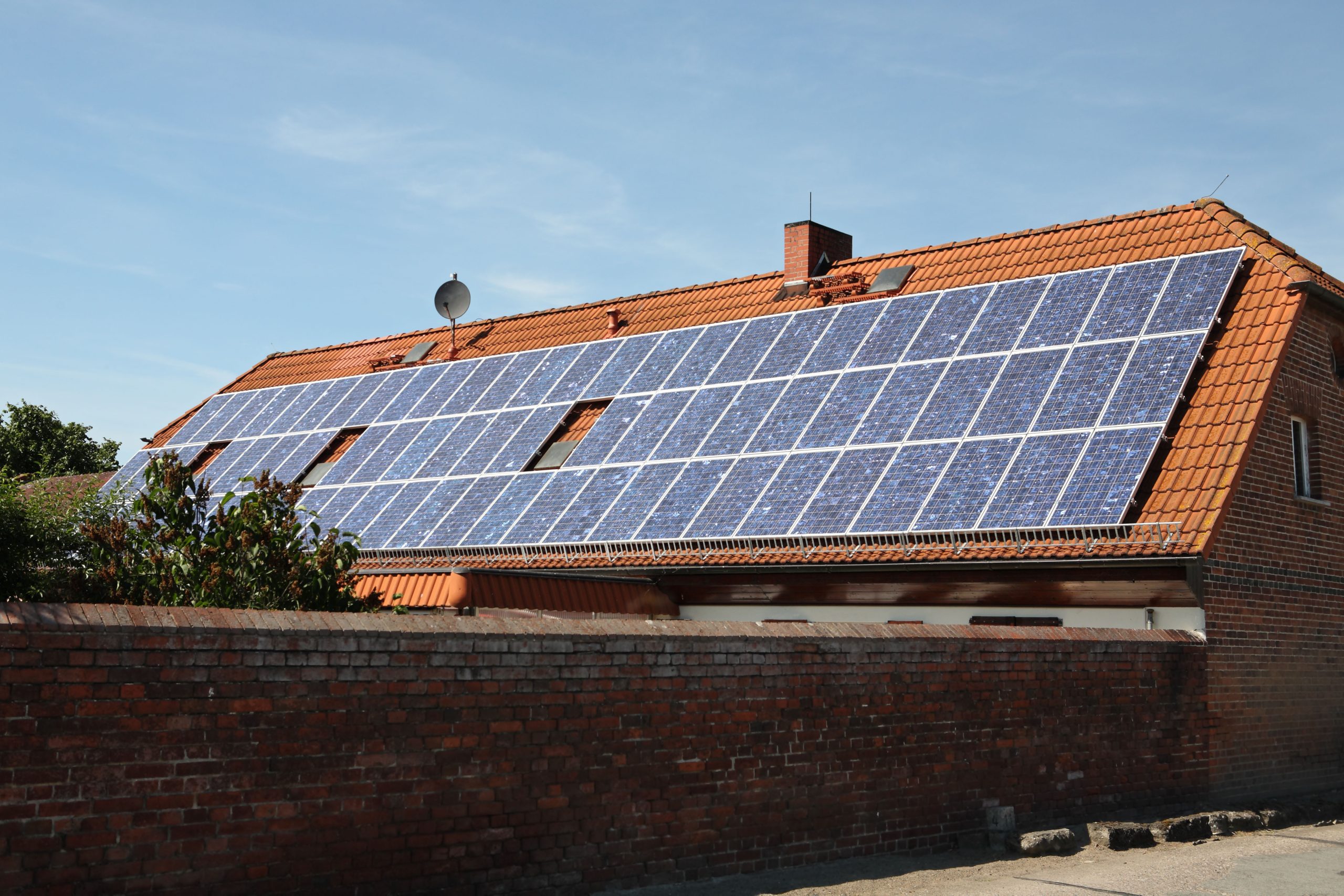Clean generation reached more than two-thirds of EU electricity, double fossil’s share, as hydro rebounded and nuclear partially recovered from last year’s lows alongside the increase in wind and solar.
Coal was already in long-term decline, and that trend resumed in 2023. The temporary slowdown in coal plant closures during the energy crisis did not prevent a huge fall in coal generation this year, with a wave of plant closures imminent in 2024. Gas generation fell for the fourth consecutive year, and as coal nears phase-out in many countries, gas will be next to enter terminal decline.
In addition to clean growth, falling electricity demand also contributed to the drop in fossil fuel generation. Demand fell by 3.4% (-94 TWh) in 2023 compared to 2022, and was 6.4% (-186 TWh) lower than 2021 levels when the energy crisis began. This trajectory is unlikely to continue. With increased electrification, this rate of demand fall is not expected to be repeated in the coming years. To reduce fossil fuels at the speed required to hit EU climate goals, renewables will need to keep pace as demand increases.
The EU is firmly on its way to transition from a fossil-based system to one where wind and solar are the backbone. In 2023, 24% of hours saw less than a quarter of electricity coming from fossil fuels, a major step up from just 4% of hours in 2022. As this shift becomes even more evident, so does the importance of enablers of a clean power system. Alongside wind and solar growth, grids, storage and demand side response will determine the power system of the future.







